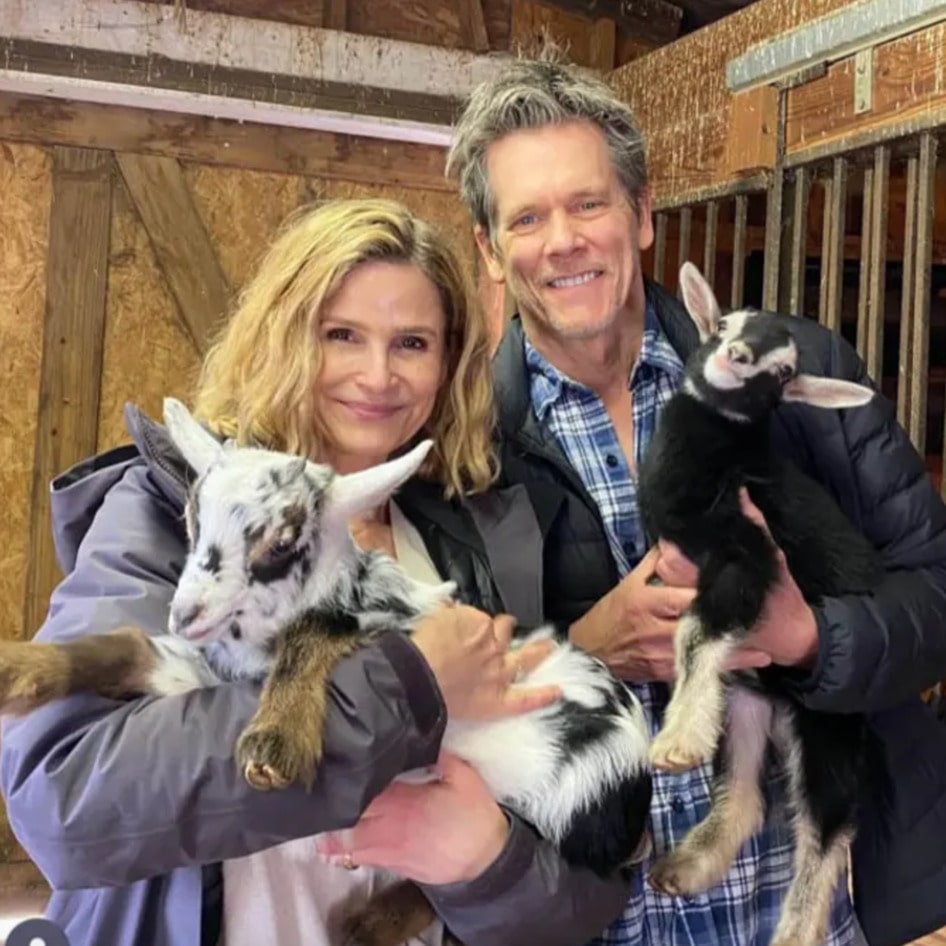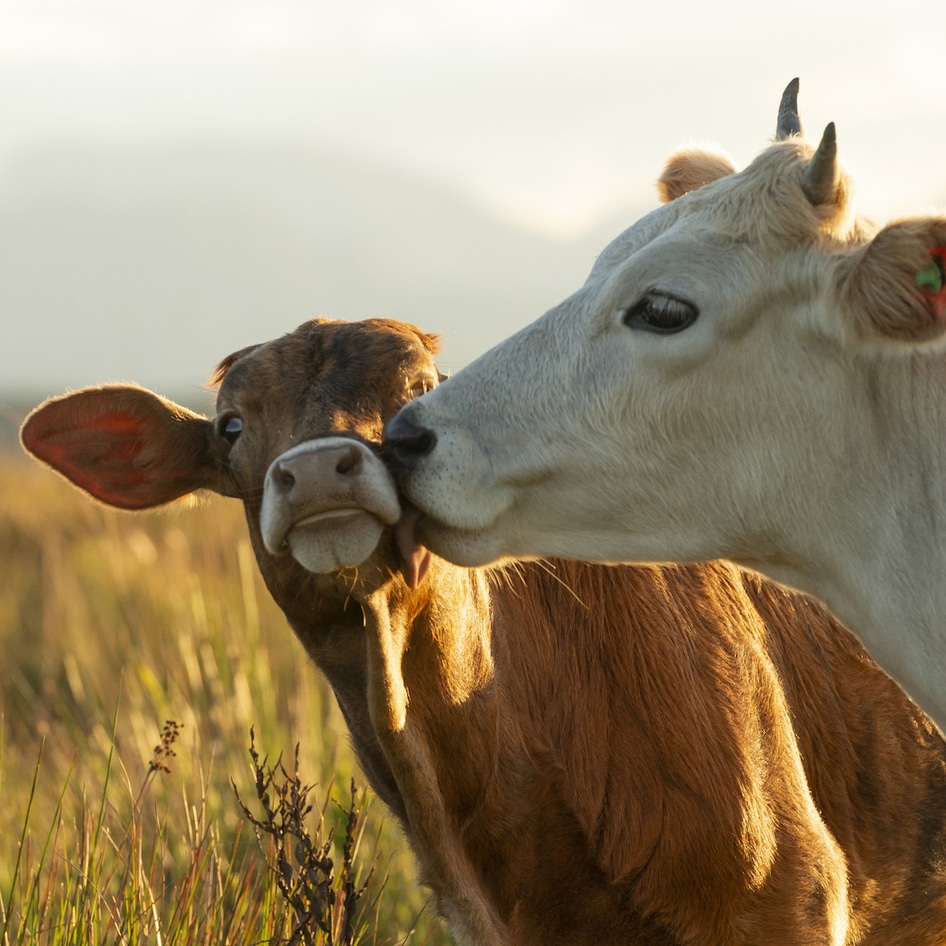Dangers of Urban Farming
As the urban-farming movement grows in popularity, the importance of animal husbandry as a piece of the puzzle becomes a must-act issue.
January 17, 2012
In the past few years, independent bookstores in cities such as San Francisco, Oakland, and Portland have sprouted new urban-farming sections. Sandwiched between celebrity gourmands and sustainable gardeners are newly minted books covering a range of topics relating to hobby-scale urban agriculture. Covered with colorful pastoral graphics overlaid on a gritty urban backdrop a reader can find an artsy watercolor painting of happy farm animals or images of a rooster atop a graffitied brick wall, a metropolitan rendition of American Gothic.
Urban farming is a growing trend and has captured the imaginations of many people. City planning scholars, food writers, environmentalists, activists—basically anyone with a political interest in food is now likely interested in urban farming. Because of its newfound popularity in such a wide variety of intellectual disciplines, urban farming is often written about glowingly and with uncritical praise. It is often portrayed in sweeping terms as a panacea for the problems of the inner-city poor, with urban farms held in the same esteem as community centers, city parks, or public libraries.
So what’s the problem? Providing access to healthful fruits and vegetables for people in low-income communities is crucial to address the inequities in the distribution of nutritious food. But in the haste to create laws to encourage farming in cities, many city governments are making one fatal mistake: deregulating animal farming.
Animal Farm
Of all the community gardens and farms in cities across the country, generally less than 10 percent include animals. Some cities such as Boston, Detroit, and Washington, DC prohibit keeping animals within city limits, and others including Denver, Chicago, and Long Beach, CA prohibit the slaughtering of animals, which precludes raising animals for meat. In the past five years, the majority of cities that have deregulated animal husbandry in some way have done so because people want to have backyard chickens as “pets with benefits”—specifically, using the chickens for (urban) farm-fresh eggs. The practice of breeding, keeping, and killing other animals is an afterthought in many locations, without any real scrutiny of the larger impacts on animal welfare, human health, the environment, or city livability.
If the problem we are trying to solve is food injustice, breeding animals for slaughter misses the mark. Even keeping hens for eggs is of questionable benefit. Given the costs, risks, and dangers involved in animal farming, cities should focus on creating exclusively horticulture-based urban farming systems.
Out Back
What, exactly, are the risks of raising animals within city limits? The vast majority of urban farming’s shortfalls result in unnecessary suffering on the part of backyard poultry and other food animals. In his recent book, editor in chief of Make magazine Mark Frauenfelder recounts how his backyard chickens Rosie and Daisy were eaten by coyotes because the coop they were kept in was not predator proof, and later posted a recording of the neighborhood coyotes to his blog. Botched slaughter is all too common, but even slaughter that is performed “correctly” is still no treat to witness or hear happening next door. Free-roaming animals are often attracted to “livestock” enclosures, which cause conflict with human neighbors. The list of problems goes on. With so much that can go awry in backyard husbandry, communities need to evaluate what, if any, problem the practice actually solves.
Sprouted Solution
Urban farming can be a positive step for people in cities who are trying to feed themselves, but if changes to city policies are not crafted with great caution they could have a large negative impact on animals. So what is the solution we should be advocating for as people who care greatly for all animals and for all people?
Food Empowerment Project is doing great work to help create food systems that are just, humane, and sustainable—goals which are most effectively realized by creating food policy that is based exclusively on horticulture, leaving the controversial business of animal husbandry and slaughter aside. A 2010 study on the inequities of food distribution in California’s Santa Clara County called “Shining a Light on the Valley of Heart’s Delight” details some of the major problems that people in the inner city face with regards to accessing food that is healthful and sustainable.
No one disputes the health benefits of a diet that includes copious amounts of fruits and vegetables, which can be grown on urban farms with some education and a little hard work. If our cities want to solve the very real problems of food justice and food insecurity—and not create a host of additional problems—urban horticulture should be vigorously promoted and incentivized, while animal farming and slaughter in cities should be specifically prohibited.
Ian Elwood is co-founder of Neighbors Opposed to Backyard Slaughter, a community-based organization in Oakland, CA that is working to achieve food security while protecting animals, the environment, and community.
Photo courtesy of Ian Elwood
JUMP TO ... Latest News | Recipes | Guides | Health | Shop







